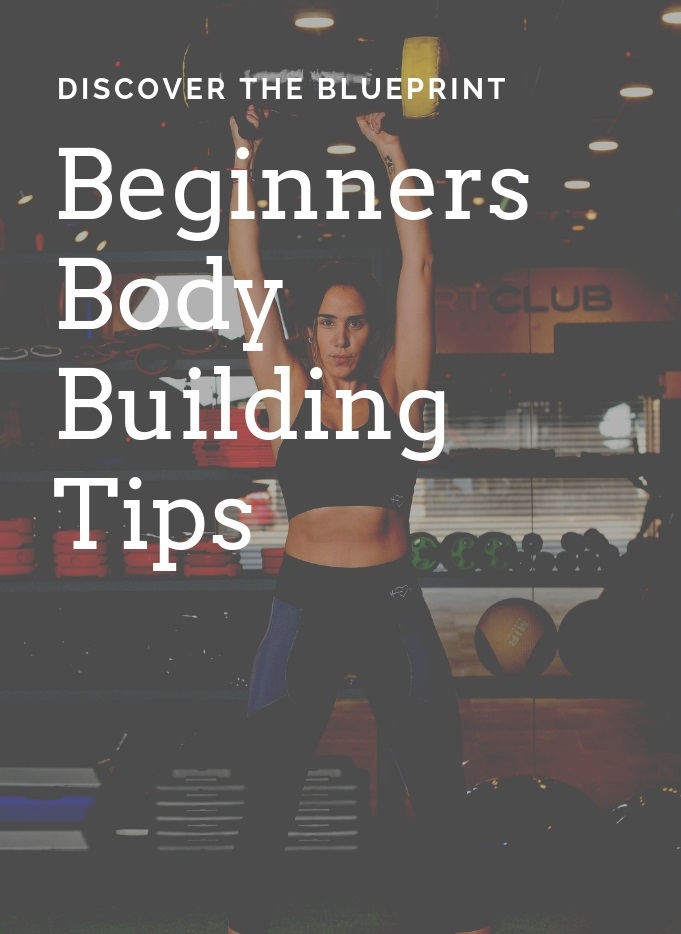A Weekly Exercise Plan for losing weight at home
Introduction
Not everyone can afford a membership to a gym; it’s one of the sad facts of life. No matter how much you may want to use it, a good gym’s important equipment may forever stay out of your reach. However, that doesn’t mean you should compromise and sign up for a gym that doesn’t have proper equipment (or even equipment that’ fully functional) just because you need to lose weight. Doing so would be a great waste of money, one you may regret quite severely once you don’t see your investment paying off. Besides, who says you even need to go to the gym to lose weight?
That’s right, you can lose weight by working out at home too, and if you work diligently and committedly, you may even end up with far better results than you would have ever gotten if you had joined a gym in the first place. All you need to do is follow a simple weekly workout plan (and eat right too of course).
The plan
• Day 1 – Strength Training (1 hour)
• Day 2 – High-intensity interval training (20 minutes)
• Day 3 – Strength Training (1 hour)
• Day 4 – Active rest
• Day 5 – Strength Training (1 hour)
• Day 6 – Steady state cardio (40 minutes)
Activities to do for each exercise
Does it matter what kind of exercises you do for each category? Well yes and no. Though on the one hand, it doesn’t matter what activity you do for your steady state cardio or HIIT training, it is important you don’t do the same activity every single time. Try and mix it up a little, like focusing on strength training of your arms on one day, and then focusing on your core the next day. Or if you prefer, you could give equal attention to all the major muscle groups of your body in every session, though at a much lesser intensity than if you were focusing on one muscle group.
Strength training
Strength training helps increase the size of your muscles and thus the amount of energy you need on a daily basis. This increases your metabolic rate and helps you burn off your extra calories faster. For strength training at home, there are some exercises you could try. If you want to go for the no equipment approach, the basic bodyweight exercises like squats, sit-ups, push-ups, could go a long way to help you out in your task. Otherwise, you might find it useful to invest in a little equipment like weights and a mat, since they help you take your standard bodyweight exercises to a greater level of intensity and help you get better results. Still, be sure not to increase the strain on your body too much, or you could end up doing far more damage than you set out to fix.
High-intensity interval training
High-intensity interval training (HIIT) is one of the many popular training philosophies that have gained a lot more traction among the workout community over the past couple of years. HIIT involves a set of high-intensity workout activities done in short periods, say 30 seconds for a particular set of reps, followed by an equally short rest interval, after which another burst of exercise follows, until the person is too tired to continue. However, for weight loss, just 20 minutes of HIIT a week one day would be enough to reach your target weight in a short period, so you need not put yourself in too much stress.
There are a lot of HIIT activities you can do at home since most HIIT exercises are versions of bodyweight exercises like push-ups and the like. However, the key here is to perform every single exercise with great intensity, i.e. putting your all into ever workout interval and trying to achieve the maximum number of reps you can during every single interval. Only then will you truly see the benefits of HIIT on your body and your weight loss.
Steady state cardio
Steady state cardio is just another name for all the cardio exercises that don’t require a lot of strain on your body. For example, a full-on sprint is a cardio exercise but isn’t a steady state one, but a jog or going for a slow run is both, the price difference between the two sets being greater intensity in the former.
For steady state cardio at home, you could practice a standing run, an exercise where you mimic running on a treadmill by simply raising your legs alternatively with speed. However, for these kinds of exercises, we would recommend you doing them outdoors since that gives you way more choices among the activities you could do like cycling, running, swimming, skating, etc. Anything that works up a good sweat and burns off a load of calories in the process would work just fine here.
Active rest
Perhaps the most important part of the workout routine is making time for rest in your schedule. Some people often overlook the importance of rest in an exercise plan in favor of trying to get results in a shorter period. The outcome? They usually burn out and drop their ridiculous exercise plan because they’re unable to keep up with it. However, even during your two days of rest you cannot choose to slack off completely and lie in bed the whole day. You need to keep active during these days so that you don’t lose any of the momenta you gained while exercising the days prior; any movement is fine, so long as it keeps you up and on your feet for an extended period. Household chores may work here, but nothing beats taking a walk in the neighborhood and even getting a little fresh air in the process.
Conclusion
Whatever you do, don’t get disheartened by the slow appearance of results. Losing weight takes time and effort, and you may not see any progress for the first week at all. Nevertheless, keep at it, and you will see some positive changes after at least a month has passed.




